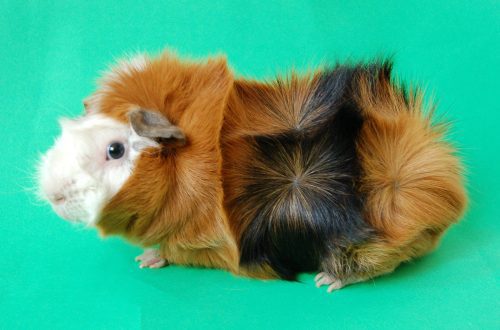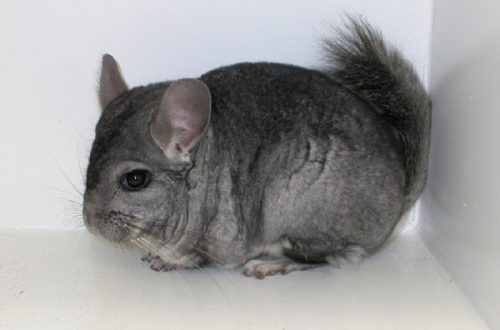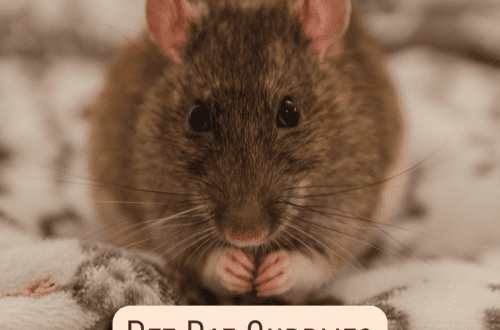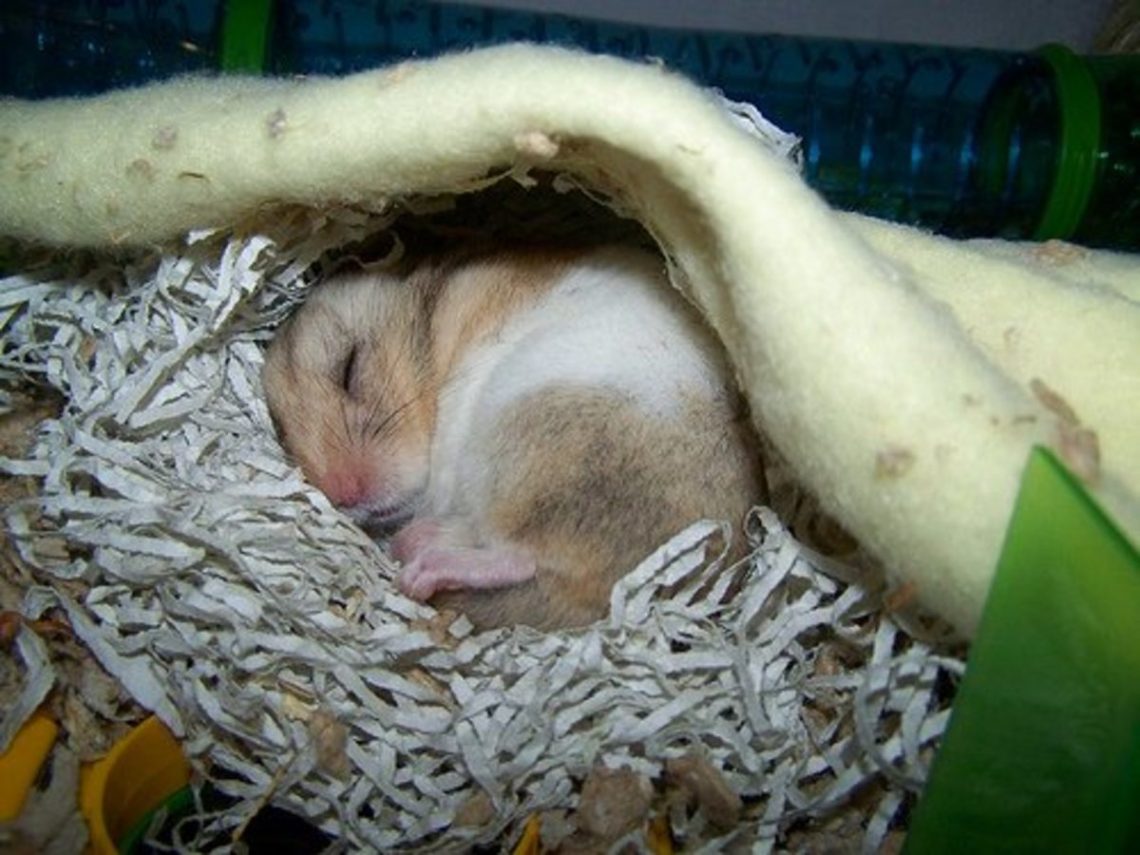
What to do if a hamster sneezes
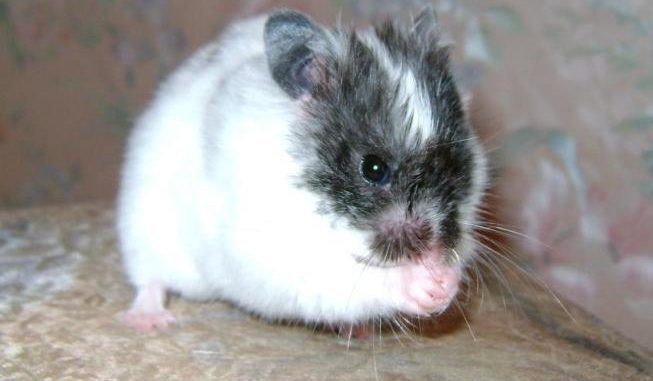
A healthy hamster does not make many sounds – it scratches in the bedding and squeaks with a wheel. If the pet suddenly starts to snort and squeak, the owner wonders what to do if the hamster sneezes. Frequent sneezing is by no means the norm for these animals, and such the problem needs treatment.
When an animal sneezes and coughs, it is the body’s attempt to clear the airways. Along with a sharp exhalation, mucus, small particles, microorganisms fly out. Sneezing and coughing are involuntary reactions based on reflexes. Therefore, the pet cannot “simulate”, it is necessary to look for the cause of the symptoms.
Contents
Causes
Allergy
Allergic reactions in rodents are much more likely to be rhinitis and conjunctivitis than skin problems. New foods in the diet, filler (coniferous sawdust or colored napkins), a toy. To understand why a hamster sneezes, analyze what has changed in the environment. Then they return the previous situation and observe whether the animal has become better.
Mucosal irritation
If small particles or caustic aerosols enter the nose, the pet will begin to sneeze. This explains why the hamster snorts after walking around the apartment – inhaled dust in the corners. Irritates the respiratory tract and unsuitable bathing sand – volcanic or with talc in the composition. Hairspray, other aerosols and any strong smell (paint, household chemicals) irritate the sensitive nasal mucosa.
In this case, sneezing stops with the disappearance of the irritant, which is not difficult to detect. If the rodent sneezes and squeaks only after sitting on his hands, perfume and other cosmetics may be the cause.
When a pet has been taken outside, washed, or left in a cage in a draft, sneezing is a consequence of a cold. Hypothermia contributes to a viral infection, and the hamster begins to snot. If the animal sneezes and squeaks, but eats well and behaves actively, it’s too early to worry. Often, recovery occurs within a few days. With rhinitis, the hamster constantly sneezes, but does not cough.
Bronchitis and pneumonia
Inflammation of the lungs is a serious disease that can lead to the death of a rodent. Pneumonia is different from the common cold. Signs:
- purulent discharge from the nose;
- breathing is difficult: the animal breathes with a whistle, often and with visible effort;
- reduced or absent appetite;
- lethargy, apathy;
- blue tint of mucous membranes.
A feature of rodents is that inflammation of the upper respiratory tract can turn into pneumonia in less than a day.
When a tiny jungaric sneezes and sniffles, a digital x-ray of the lungs will help distinguish pneumonia from a runny nose. A picture is needed in case of wheezing and noises during breathing in order to exclude oncological processes (metastases in the lungs).
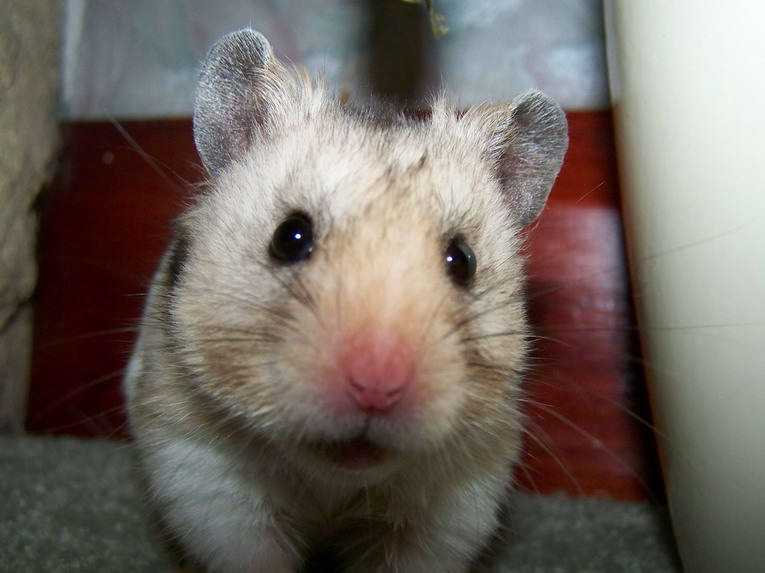
The owner needs to be attentive to all the strange sounds that the rodent makes. If the pet is “chirping” instead of sneezing and squeaking, it may be a cough. With spasmodic contractions of the diaphragm, the host does not understand why the hamster is hiccuping, while the tiny jungaric is experiencing a coughing fit. Sometimes hamsters can just hiccup, especially from gluttony. But in this case, their well-being does not worsen.
Other reasons
If a Syrian hamster sneezes and makes a squeaking sound as soon as it sees its owner, it may not be a sneeze at all, but a kind of greeting. In this case, the sound is short, cheerful, as if a rubber toy is squeaking.
Treatment
First aid
Change of filler and heat. The temperature in the room is maintained at about 24 C, but the air should not be dry. A lot of white paper towels are placed in the cage: it is both a material for a warm nest and a hypoallergenic environment. If you suspect an allergy, corn filler is also recommended.
To increase immunity, liquid vitamins for rodents and ascorbic acid are added to the water, and a decoction of echinacea is drunk. They also give dry nettle and coltsfoot.
The eyes and nose are cleaned of secretions with a damp cotton pad to make it easier for the animal to breathe. Sometimes the hamster sniffs heavily through the nose due to the fact that the nostrils are clogged with dried secretions.
Local treatment
With ordinary rhinitis, local treatments are prescribed: the antiviral drug Roncoleukin 50 units 000 drop 1 times a day and Tsipromed (drops with an antibiotic) in the same dosage. The Syrian hamster is larger than the jungarik, but it is equally difficult to drip into the nose for both: during the procedure, the animal constantly twitches and spins. You can simply place a drop of medicine on the nose and wait for the pet to inhale the liquid. After that, he snorts himself.
Systemic treatment
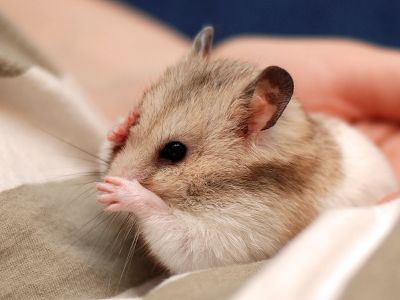 If a serious infection is suspected, a doctor should be consulted. But in the absence of a rodent specialist, if a hamster sneezes, every experienced hamster owner knows what to do at home. Pneumonia is treated with antibiotics.
If a serious infection is suspected, a doctor should be consulted. But in the absence of a rodent specialist, if a hamster sneezes, every experienced hamster owner knows what to do at home. Pneumonia is treated with antibiotics.
It is undesirable to drink them inside, it can be difficult for an animal with a respiratory infection to swallow. Do subcutaneous injections with the drug “Baytril 2,5%”. Dose – 0,4 ml (10 mg) per 1 kg of body weight. If the hamster weighs 50 g, its dose is 0,02 ml. The drug is administered 1 time per day, in severe cases – 2 times a day, 7-14 days.
Conclusion
Any disease is better to prevent than to cure. With regard to rodents, this is squarely true, as they are difficult to treat, burning out in a matter of days. A sensitive organism and a fast metabolism make be attentive to any health failureeven if it’s just a common cold.
Why does a hamster sneeze
3.4 (67.17%) 53 votes





